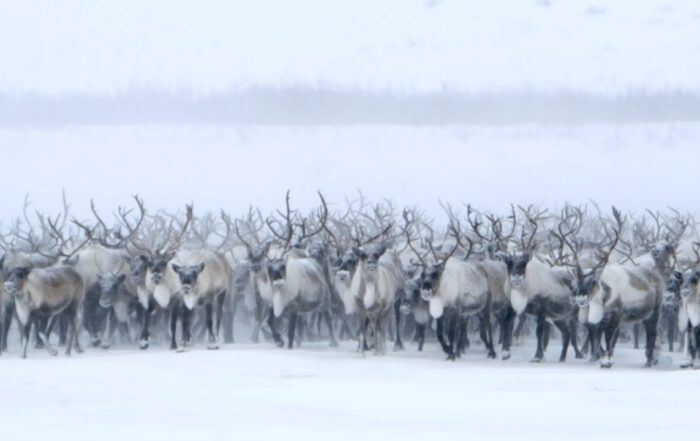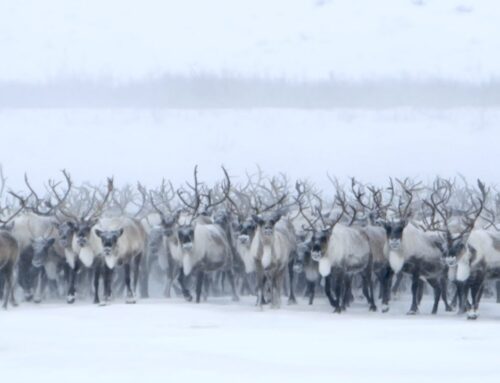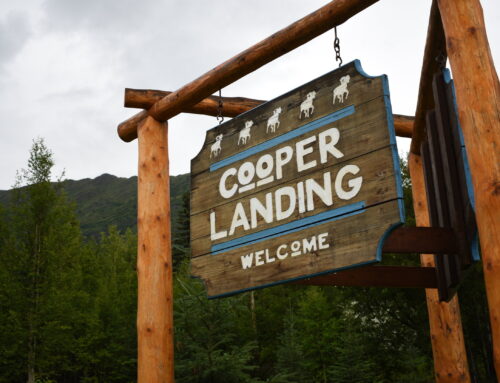New Born Legends – The Pizzly Bear
Pizzly bears, also known as “Grolar” bears or “Nanulaks” bears, Grizzly bear Ursus arctos horribilis) and Polar bears (Ursus maritimus), yielding hybrids that blend characteristics of both parent species. While infrequent, some experts speculate their prevalence could rise due to climate change reshaping habitats in the far northern regions. Polar bears outweigh grizzlies significantly, with adult males tipping the scales at about 800 kilograms (1,800 pounds) and standing 3 meters (9 feet 10 inches) tall when upright. In contrast, typical adult male grizzlies range from 200 to 300 kilograms (400 to 600 pounds). Notably, polar bears sport whitish fur and elongated skulls and snouts compared to grizzlies.
For years, Inuit and Arctic observers pondered the existence of pizzlies, noting sightings of bears that didn’t fit neatly into either species. These animals, described as a blend of polar and grizzly traits, possess features like whitish or blondish fur with patches of brown, alongside grizzly-like facial features and long claws.
Confirmation of pizzlies came in 2006 when hunters in Canada’s Northwest Territories took down a white bear with brown patches, later identified through DNA analysis as a hybrid. Subsequent studies revealed instances of second-generation hybrids, exemplified by a specimen at Ulukhaktok airport identified as 3/4 grizzly and 1/4 polar bear.
Inter-species mating events between polar bears and grizzlies aren’t isolated incidents. A study in 2017 traced eight known pizzlies back to a female polar bear mating with two grizzly bears. Yet, researchers have not directly observed these mating behaviors, leaving uncertainty about their occurrence and timing.
 Climate change exacerbates these inter-species encounters as melting Arctic ice pushes polar bears southward and warming temperatures drive grizzlies northward, fostering greater habitat overlap. This convergence, while possibly leading to intriguing hybridizations, also signifies profound environmental shifts in the Arctic.
Climate change exacerbates these inter-species encounters as melting Arctic ice pushes polar bears southward and warming temperatures drive grizzlies northward, fostering greater habitat overlap. This convergence, while possibly leading to intriguing hybridizations, also signifies profound environmental shifts in the Arctic.
The proliferation of pizzlies poses genetic concerns for both species, potentially altering their evolutionary trajectories and long-term viability. While hybrids may possess adaptive advantages, such as broader dietary preferences, there are apprehensions regarding genetic dilution and the preservation of species distinctiveness. Ongoing scientific research delves into the dynamics of hybridization, seeking to unravel its implications for polar bear and grizzly populations amid the evolving landscapes of climate change.
Photos courtesy of National Geographic, Polar Bears International and the Museum of Natrual History. National Geographic, Polar Bears International and the Museum of Natrual History.









